Table of Contents
H.P. Lovecraft is renowned as one of the titans of the horror genre, having pioneered a unique sub-genre that fans and critics alike have termed Lovecraftian Horror. This style of storytelling introduces readers to an unsettling realm where the terror of the unknowable looms large, transforming their nightmares into a vivid and haunting reality.
Imagine the chill that creeps up your spine when you find yourself in a dark, deserted house or the panic that sets in when caught in the blizzard’s whiteout conditions or a violent storm at sea. These scenarios feed into the essence of Lovecraftian Horror, where the ordinary meets the absolute horror of the cosmic unknown. This sub-genre is not merely about physical threats but the psychological terror of confronting forces beyond our control or understanding, emphasizing our insignificance in the vast cosmic scheme.
What is Cosmicism?
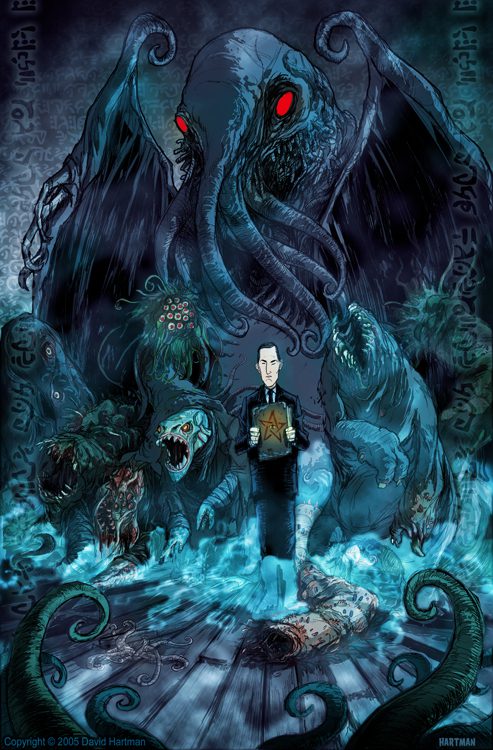
Amidst the chaos of the unknown, the keeper of arcane secrets stands unyielding
Cosmicism, a philosophical notion introduced by Lovecraft, underpins this genre. It shares roots with nihilism, which views all human values and knowledge as inherently meaningless, but it goes further to highlight humanity’s triviality against the cosmic vastness. According to Cosmicism, there is no divine being watching over us; we are mere specks in the universe, as inconsequential as insects are to us.
This philosophy forms the backbone of Lovecraftian Horror, paving the way for Lovecraft’s pantheon of alien deities and otherworldly beings, such as the ‘Elder Things’ and the ‘Great Old Ones’, central to the Cthulhu Mythos.
H.P. Lovecraft and his works
“The oldest and strongest emotion of mankind is fear, and the oldest and strongest kind of fear is fear of the unknown”
H.P. Lovecraft
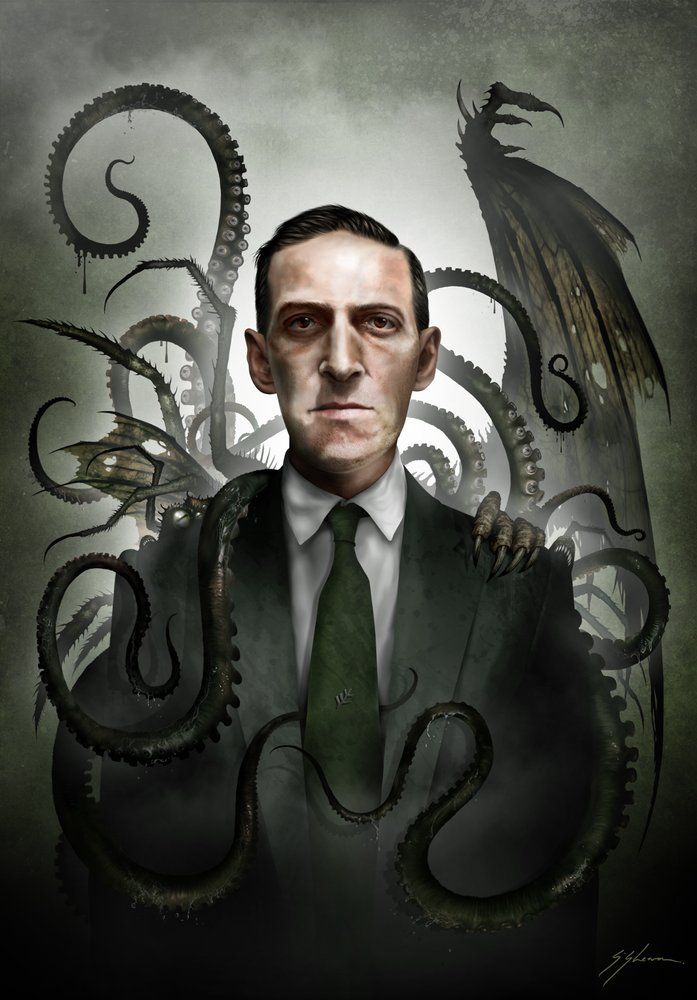
Lovecraft stands enveloped by the creatures of his own creation
His writings eschew traditional supernatural elements, favouring the exploration of cosmic horror instead through a process of eerie discovery. Lovecraft’s protagonists often descend into madness as they confront truths too terrifying to comprehend.
However, it is also important to address the more problematic aspects of Lovecraft’s legacy. His writings reflect his personal views, which were notably marked by racist ideologies and support for white supremacy. These views have been widely criticized and complicate the legacy of his contributions to literary horror.
Key Works by Lovecraft
The Call of Cthulhu and Other Weird Stories

H.P. Lovecraft’s ‘The Call of Cthulhu and Other Weird Stories’
This anthology, one of Lovecraft’s most famous works, features eighteen stories filled with suspenseful, eerie horror. The titular story, “The Call of Cthulhu,” introduces readers to an ancient, monstrous entity—an amalgam of an octopus, a dragon, and a human caricature with a tentacled head and wings, symbolizing pure terror. It chronicles the narrator’s grim revelations about this creature that can invade human consciousness and drive entire civilizations into madness. Another notable story, “The Rats in the Walls,” delves into the horrors lurking within a family estate, where the protagonist is driven to madness by the mysterious sounds of scurrying rats.
The Shadow Over Innsmouth

H.P. Lovecraft’s ‘The Shadow Over Innsmouth’
This book is a landmark Lovecraftian work. It is one of the foundational works of Lovecraft’s mythos. It revolves around Robert Olmstead who is intrigued by the mysterious Innsmouth village. The people of Innsmouth have peculiar physical features. Ideally, they have devoted themselves to creepy fish-like humanoids: the “Deep Ones” Later, he realises that his adventure will get him into trouble as he could be the next prey. Prey of humans or monsters or human-like monsters? Who are the “Deep ones”? That’s for you to find out!
At the Mountains of Madness

H.P. Lovecraft’s ‘At the Mountains of Madness’
H. P. Lovecraft’s skill at world-building gives his audience another thrilling horror story. This seemingly realistic story is about what happens after a failed Antarctic expedition. As the disappointed professor Dyer and his colleagues arrive at their base, they come across the remains of a prehistoric species. Their enthusiasm soon takes the shape of terror, as the specimens may not be so lifeless after all. Instead of speculating what happens next, why not just read the book? It’s a prime example of Lovecraftian Horror.
The Shadow Out of Time
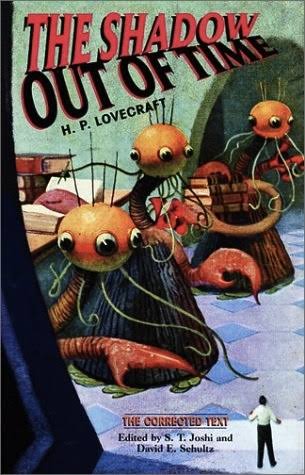
Now, there is another addition to Lovecraft’s strange creatures: the Great Race of Yith. These aliens can travel through space and time. Unfortunately, Professor Nathaniel Wingate Peaslee’s consciousness seems to be linked with that of one of the Yithians. The confusion and terror built in the story are backed up by a deep insight into the Yithian culture and history. It also delves into studying all forms of civilizations throughout space and time. This novella is a must on your bucket list of books.
H.P. Lovecraft’s influence extends beyond his own writings, inspiring authors like Stephen King, Shirley Jackson, and Edgar Allan Poe . While these authors often explore the duality of good versus evil, Lovecraft’s works invite readers into a confrontation with the cosmic void—a terror of an entirely different nature, where the struggle is not between humanity and tangible foes but against an uncaring universe. Some of the best works inspired by Lovecraft’s theory of cosmicism:

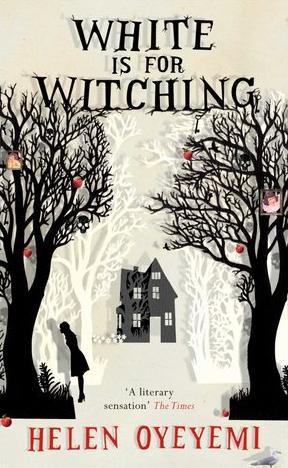
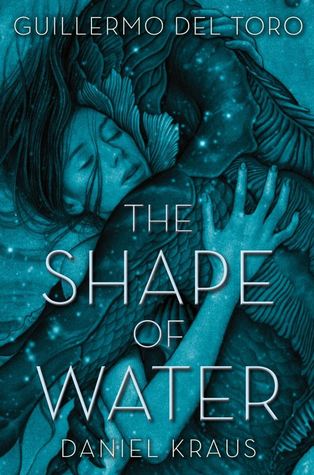
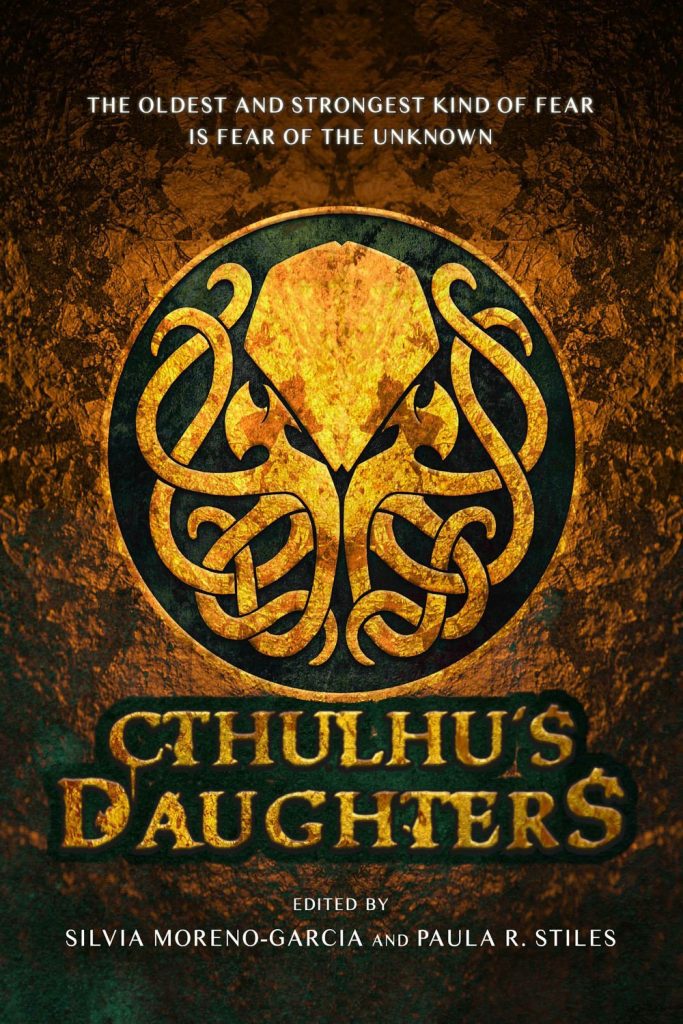
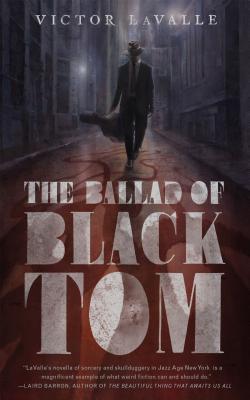
Jargon Junction – Making complex concepts clear, one word at a time.
Word: Arcane
Sentence within the article: Amidst the chaos of the unknown, the keeper of arcane secrets stands unyielding.
What it actually is: Arcane refers to something so mysterious and obscure that only a select few can understand it. Imagine ancient, dusty tomes filled with cryptic spells or a secret society guarding hidden knowledge. It’s the kind of stuff that makes you feel like you’ve stumbled upon something forbidden and incredibly powerful.
Jargon Junction – Making complex concepts clear, one word at a time.
Word: Nihilism
Sentence within the article: It shares roots with nihilism, which views all human values and knowledge as inherently meaningless.
What it actually is: Nihilism is the belief that life lacks any intrinsic meaning or value. Picture a world where nothing you do matters, and there’s no higher purpose or destiny guiding you. It’s a perspective that can be profoundly unsettling, stripping away the comforting illusions of purpose and significance.